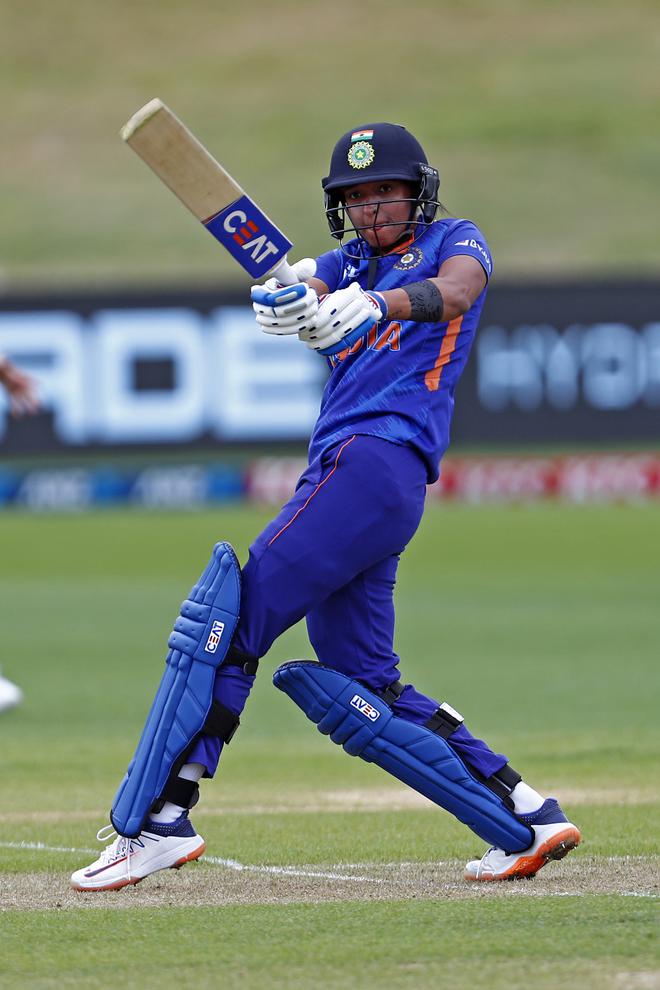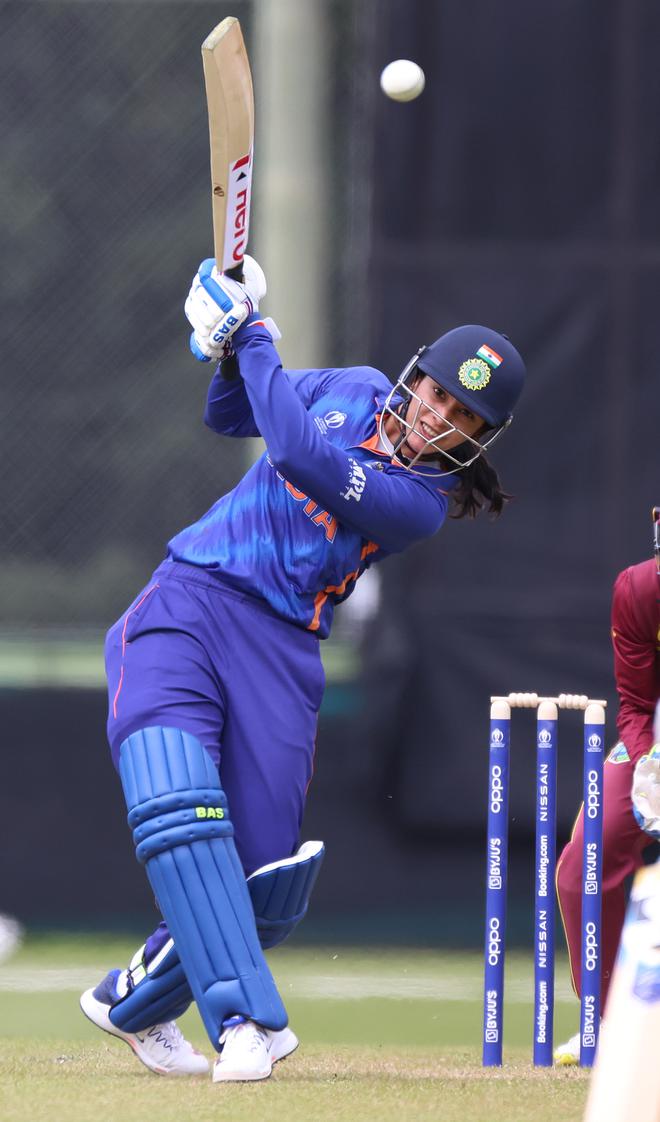

Cricket is unique. It’s a team game where individual excellence not only defines its players but often supersedes the team itself. It aspires to a global footprint without compromising on the privileges of its powerhouses. It’s a sport that basks in its adherence to tradition and yet has changed its form and format the most. And in India, it’s a sport that identifies as a lot more — religion, business, entertainment, celebration.
For these reasons, and others, cricket has largely stayed away from multi-disciplinary events that celebrate sporting excellence — the Olympics, Asian Games, Commonwealth Games. While the Asian Games in 2010 and 2014 featured cricket, with a return scheduled in 2022 — minus India — the game’s maiden, modest appearance in the Commonwealth Games was in Malaysia, way back in 1998.
The sport then was so far from its current avatar that current India captain Harmanpreet Kaur was a wee nine-year-old, Sachin Tendulkar and Anil Kumble were at the peak of their respective careers and Shafali Verma was still more than five years away from conception. And so, when India’s female players left for Birmingham earlier this week, they were in an enviable position: there was no history to be judged against, just the opportunity to be pioneers of a future where sharing facilities at a Games Village would no longer remain a curiosity for cricketers.
Game-changer
“It will be a game-changer going ahead. This is the first time we are participating in an event of this magnitude. It’s a big platform for our girls to be with so many athletes across so many sports and it is also an opportunity for us to showcase our sport and our talent,” Harmanpreet said.
It’s a first-time opportunity for the women’s team. In 1998, the 50-over version was played, only by the men, with the cricketing world divided on the event’s importance. The Board of Control for Cricket in India was initially reluctant and then wanted to send a B-team, prioritising the Sahara Cup against arch-rival Pakistan in Toronto. Participation was only guaranteed after a lot of cajoling and coercion from the Indian Olympic Association — particularly then president Suresh Kalmadi, who did not budge from his position on Tendulkar’s inclusion — and the government.
There were 16 teams, with several West Indian nations participating independently. The Indian team was split into two — one competing in Kuala Lumpur, the other in Toronto — and the CWG outing ended disappointingly. The Ajay Jadeja-led unit won just one of three league games (there was one no-result) and failed to reach the knockouts, despite the presence of players such as Tendulkar, Kumble and V.V.S. Laxman.
This time around, it’s a shorter, more competitive affair, with eight teams playing T20s. “All of us as cricketers have watched the Olympics and Asian Games and Commonwealth Games growing up, seen the national flag flying high and the national anthem played. This is a chance for us to do that as well and it’s a matter of pride,” coach Ramesh Powar insisted.
It isn’t a cakewalk, though, for the team.
India is clubbed with Australia, Pakistan and Barbados in Pool A, with the team starting favourite only against Pakistan. “This tournament is very important for us and we will definitely be playing for a medal. We have grown up watching such events and we are glad we are also getting this opportunity,” Harmanpreet said.
The tone and tenor is a far cry from the reluctant, protesting participation 24 years ago. In a way, it’s also representative of the changing sporting scenario, across the world and at home. While cricket has clearly become a behemoth that dwarfs everything else in the country, the public interest in other sports, especially during multi-disciplinary events, has grown manifold. India’s consistent, if miniscule, successes have also played a part.
Other cricketing powers, including Australia and New Zealand, too have been constantly backing and pushing for inclusion. And with existing markets, barring India, approaching or on the verge of stagnation, the powers-that-be are constantly on the lookout for newer markets. The spate of T20 leagues across the planet is only indicative of the same.
What sets things apart this time is the opportunity it provides for India’s women cricketers to break out of the shadows of their male counterparts, on their own terms, on a stage that the men seemingly don’t value as much as the rest of the world does. And a good showing on that stage would only help hasten the achievement of gender parity, in opportunities and emoluments. It will also fuel the growing interest in women’s cricket at home.
With talks of a women’s IPL gaining strength and the likes of the Big Bash League and The Hundred drawing top Indian names — unlike the men, the Indian women have been allowed to play in other franchise leagues — the CWG couldn’t have come at a better time for the Indian women. Which also explains the naming of a full-strength squad for the event.
What is also different on this occasion is the venue. The 1998 edition was held in Kuala Lumpur, a city not big on cricket, on hastily laid, under-prepared pitches. The interest was mainly from the expats who knew about the sport and the players. This time around, with the games played at Edgbaston on proper pitches in a nation that knows its cricket, both the interest and competition levels are expected to be much higher.
The shift, in some ways, is also reflective of the way perceptions have changed in the sport. Just as India has gone from being a country, in foreign minds, of dusty roads, stray cows and the infamous Delhi Belly to being the first stop for every professional cricketer, Indian cricket’s reluctance too has given way to excited, if cautious, curiosity for multi-disciplinary events.
Something new
“This is something new not just for me but the entire team, we have never been part of an event where other sports are also involved. It’s pretty new and we don’t really know about the Games Village so we are not sure how much we will be able to go around and interact with other athletes. But I would love to have conversations with other athletes on the kind of training they do, trying to know their sports and share their experience,” vice-captain Smriti Mandhana said.
It is a novelty, for sure. Smriti added that the team was still processing the shift from aiming for a trophy as the winner to aiming for a podium finish and a medal, imagining the subtle but substantial shifting of targets. A big role in this shifting of perception has been played by one man — Neeraj Chopra, and his Olympic gold.
Although the Olympic champion has pulled out of CWG with a strain, he remains a favourite. Powar wanted to pick Neeraj and double Olympic medallist P.V. Sindhu’s brains to handle pressure — “both of them have set the bar high and I would love to go into their minds and their preparations and exchange notes on how they handle the pressure of an entire nation,” he said — and Smriti cited Neeraj’s winning moment as the motivation for doing well.
“I literally had goosebumps when the national anthem was played and the flag went up after Neeraj got it in the Olympics. We have all watched these events and everyone knows the feeling when the Indian flag goes up and that’s what we are looking forward to here. We are clearly aiming for gold, not just a podium finish,” she revealed.
Celebrate every medal
And Harmanpreet is looking forward to cheering Indian athletes across other sports, something that a standalone cricket tournament can never provide. “I have actually been imagining that. Now it’s not only about cricket. We want to celebrate each and every medal that we win,” she declared.
There is an apocryphal story of hockey legend Dhanraj Pillay being asked what he had that Sachin Tendulkar did not. Pillay presumably replied: “I am an Olympian, an Asian Games gold medallist. He can never be one.” The CWG may not be in the same league as the Olympics but the Indian women’s team now has a chance to get that elusive medal cricketers have never had.







